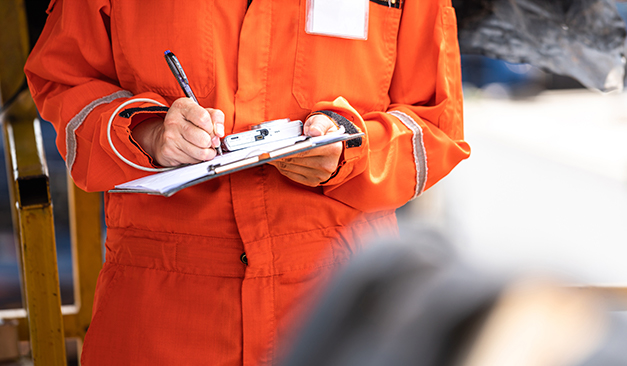Some Known Facts About Dementia Fall Risk.
The Facts About Dementia Fall Risk Revealed
Table of ContentsHow Dementia Fall Risk can Save You Time, Stress, and Money.The Best Guide To Dementia Fall RiskDementia Fall Risk - An OverviewOur Dementia Fall Risk PDFs
An autumn risk analysis checks to see how most likely it is that you will fall. It is primarily done for older grownups. The assessment generally includes: This includes a collection of questions concerning your overall wellness and if you have actually had previous falls or troubles with equilibrium, standing, and/or walking. These devices test your stamina, balance, and stride (the method you walk).STEADI consists of testing, evaluating, and treatment. Treatments are referrals that may decrease your danger of dropping. STEADI consists of 3 steps: you for your danger of succumbing to your risk elements that can be enhanced to try to stop drops (for instance, equilibrium troubles, damaged vision) to reduce your risk of falling by utilizing efficient strategies (for instance, providing education and resources), you may be asked a number of concerns consisting of: Have you dropped in the previous year? Do you really feel unsteady when standing or walking? Are you stressed over falling?, your provider will test your strength, balance, and stride, making use of the adhering to loss analysis tools: This test checks your stride.
If it takes you 12 seconds or even more, it might imply you are at greater risk for an autumn. This test checks stamina and equilibrium.
The settings will certainly obtain more challenging as you go. Stand with your feet side-by-side. Move one foot halfway onward, so the instep is touching the big toe of your other foot. Relocate one foot fully in front of the other, so the toes are touching the heel of your other foot.
The Dementia Fall Risk Ideas
Many falls take place as an outcome of several adding variables; consequently, handling the risk of falling begins with determining the elements that add to drop risk - Dementia Fall Risk. Several of one of the most relevant threat elements include: Background of prior fallsChronic clinical conditionsAcute illnessImpaired gait and equilibrium, lower extremity weaknessCognitive impairmentChanges in visionCertain risky medicines and polypharmacyEnvironmental elements can likewise enhance the threat for falls, consisting of: Insufficient lightingUneven or harmed flooringWet or slippery floorsMissing or harmed hand rails and get hold of barsDamaged or improperly equipped equipment, such as beds, mobility devices, or walkersImproper use of assistive devicesInadequate guidance of the people staying in the NF, including those that exhibit hostile behaviorsA successful autumn risk monitoring program requires an extensive medical analysis, with input from all participants of the interdisciplinary team

The treatment plan ought to also include interventions that are system-based, such as those that advertise a secure setting (ideal lights, hand rails, grab bars, etc). The effectiveness of the interventions should be evaluated regularly, and the care plan modified as needed to show changes in the fall threat analysis. Carrying out an autumn risk management system making use of evidence-based finest method can decrease the frequency of drops in the NF, while limiting the possibility for fall-related injuries.
10 Easy Facts About Dementia Fall Risk Explained
The AGS/BGS standard suggests evaluating all adults matured 65 years and older for loss danger annually. This testing is composed of asking individuals whether they have actually fallen 2 or even more times in the previous year or looked for medical interest for a loss, or, if they have not dropped, whether they really feel unsteady when walking.
Individuals that have fallen when without injury needs to have their balance and gait examined; those with stride or balance problems ought to obtain additional evaluation. A background of 1 loss without injury and without gait or equilibrium problems does not require additional analysis past ongoing annual fall danger testing. Dementia Fall Risk. A loss threat assessment anonymous is required as part of the Welcome to Medicare exam

Facts About Dementia Fall Risk Uncovered
Recording a falls background is one of the high quality signs for fall avoidance and administration. Psychoactive medications in particular are independent forecasters of falls.
Postural hypotension can often be alleviated by minimizing the dose of blood pressurelowering drugs and/or quiting drugs that have orthostatic hypotension as a negative effects. Use above-the-knee support hose pipe and copulating the head of the bed raised may likewise minimize postural reductions in blood pressure. The advisable components of a fall-focused physical exam are displayed in Box 1.

A Yank time better than or equal to 12 secs recommends high autumn risk. Being not able to stand up from a chair of knee elevation without utilizing one's arms suggests enhanced fall risk.